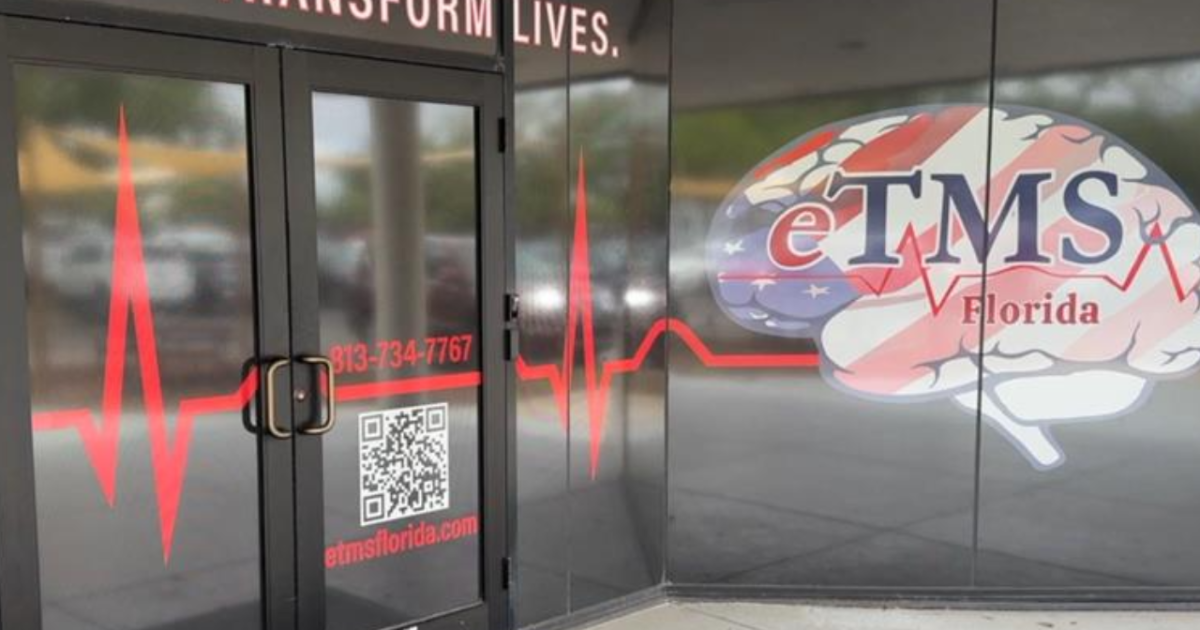At the Anschutz Health Sciences Building, Otis, a 100-pound Bernese mountain dog, serves as the first therapy dog specifically trained to support patients with obsessive-compulsive disorder (OCD) at the University of Colorado Department of Psychiatry. Cate Rush, MSW, a clinician at the Obsessive Compulsive Disorder clinic, highlights Otis’s ability to create a sense of safety and comfort for patients.
Otis’s journey began when Rush adopted him during her junior year of college while she was dealing with her own mental health challenges. As she attended classes and pursued graduate studies, Otis became an emotional support for her and her peers. “His presence eased anxiety and fostered connection,” Rush said. Once she became a therapist, she decided to involve Otis in her practice to extend the same comfort to her patients.
Otis achieved certification through Professional Therapy Dogs of Colorado, which prioritizes a dog’s temperament in addition to obedience. Rush underwent training in animal-assisted therapy principles, and after a rigorous assessment, Otis was deemed ready to assist in therapy sessions. Rush notes, “Therapy dogs don’t need to be perfectly obedient; they should be calm, resilient, and have a grounding presence. Otis exemplifies that beautifully.”
In therapy, Otis actively participates in exposure-based exercises where patients confront anxiety-provoking situations related to OCD. This approach is particularly beneficial for those with harm and contamination OCD. For patients with harm OCD, the act of petting Otis can be a significant exposure exercise. “Harm OCD involves intrusive fears about accidentally or intentionally hurting others,” Rush explained. By allowing patients to engage with Otis, they can challenge their fears in a supportive environment.
For contamination OCD, where individuals fear germs or illness, Otis serves as a tool for exposure. Patients may touch him or allow him to place a paw on their hand while resisting the urge to wash their hands immediately. Rush noted, “Many patients with contamination OCD don’t view dogs the same way they do doorknobs or crowds, so we leverage this comfort to help them gradually expand their tolerance.”
Research supports the effectiveness of animal-assisted therapy in treating anxiety and mood disorders. Animals can lower stress and improve patient engagement in therapy. Rush observed, “Patients sometimes project their fears onto Otis, leading to significant therapeutic breakthroughs. He opens doors to conversations that may be challenging to initiate otherwise.”
While therapy animals have long been part of mental health treatment, dogs trained specifically for OCD therapy are a newer concept. This practice gained traction in the early 2000s with growing recognition of animal-assisted therapy as a valid clinical method. Unlike general therapy or emotional support dogs, OCD therapy dogs like Otis are integrated into structured treatment plans. They help patients build distress tolerance, resist compulsions, and cope with anxiety—skills vital for long-term recovery.
Rush emphasized the rigorous training process, stating, “Not every dog is suited for this work, but I hope more therapists will explore this path. The possibilities are vast.” For those interested in training a dog for therapy, she recommends prioritizing temperament over breed. “Some dogs may love people but struggle with the demands of therapy sessions. That’s okay; not every dog is cut out for this role.”
Outside of therapy, Otis enjoys outdoor adventures and has conquered 10 of Colorado’s 14,000-foot peaks, often exploring new trails and swimming in lakes across the country. Rush shared, “One of his favorite spots is Medicine Bow in Wyoming; he loves swimming, so anywhere with water makes him happy.”
For Rush, working with Otis is both a professional choice and a personal journey. Their bond enriches the therapy experience, with Otis bridging gaps in communication between Rush and her patients. “It’s incredibly rewarding to see how he connects with patients in ways that words sometimes cannot,” she said.



